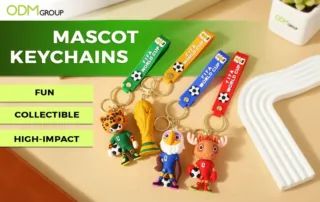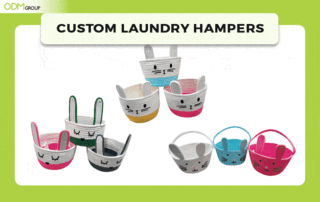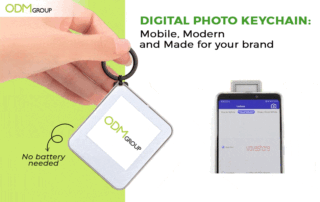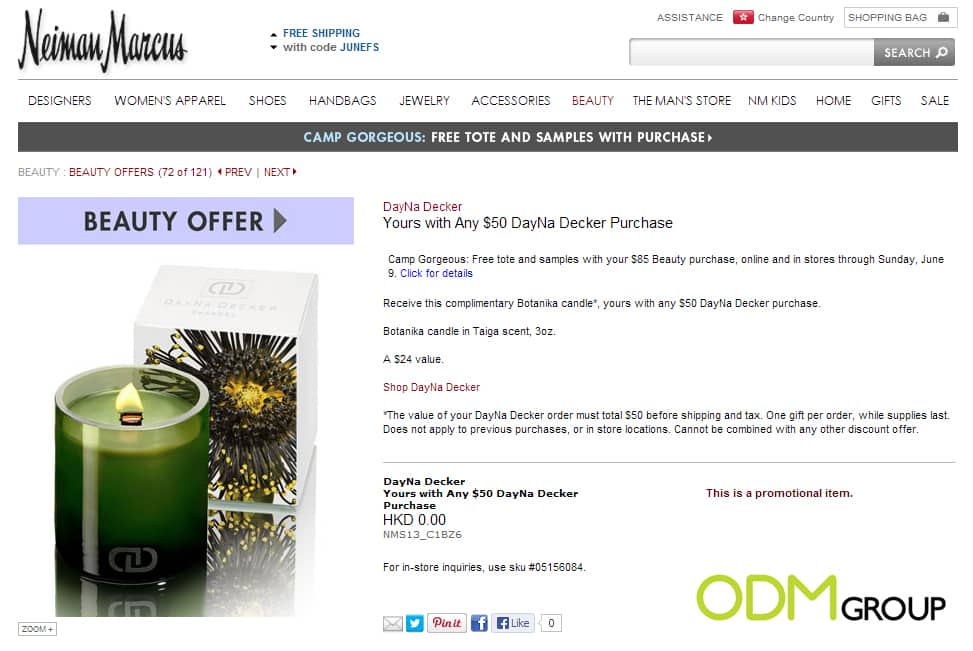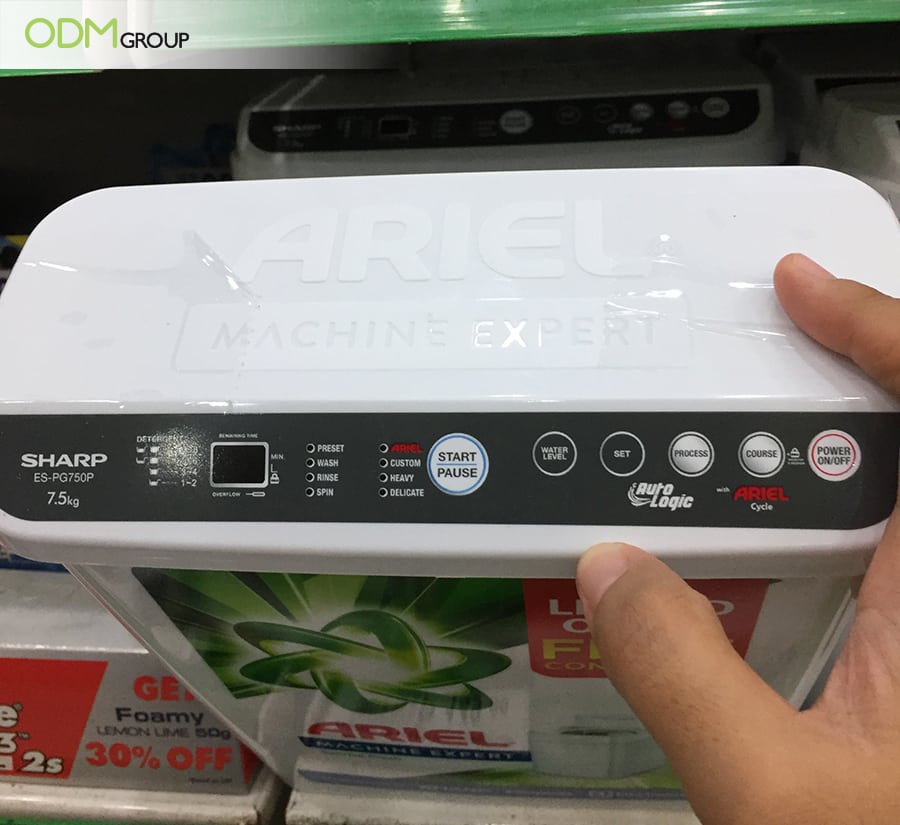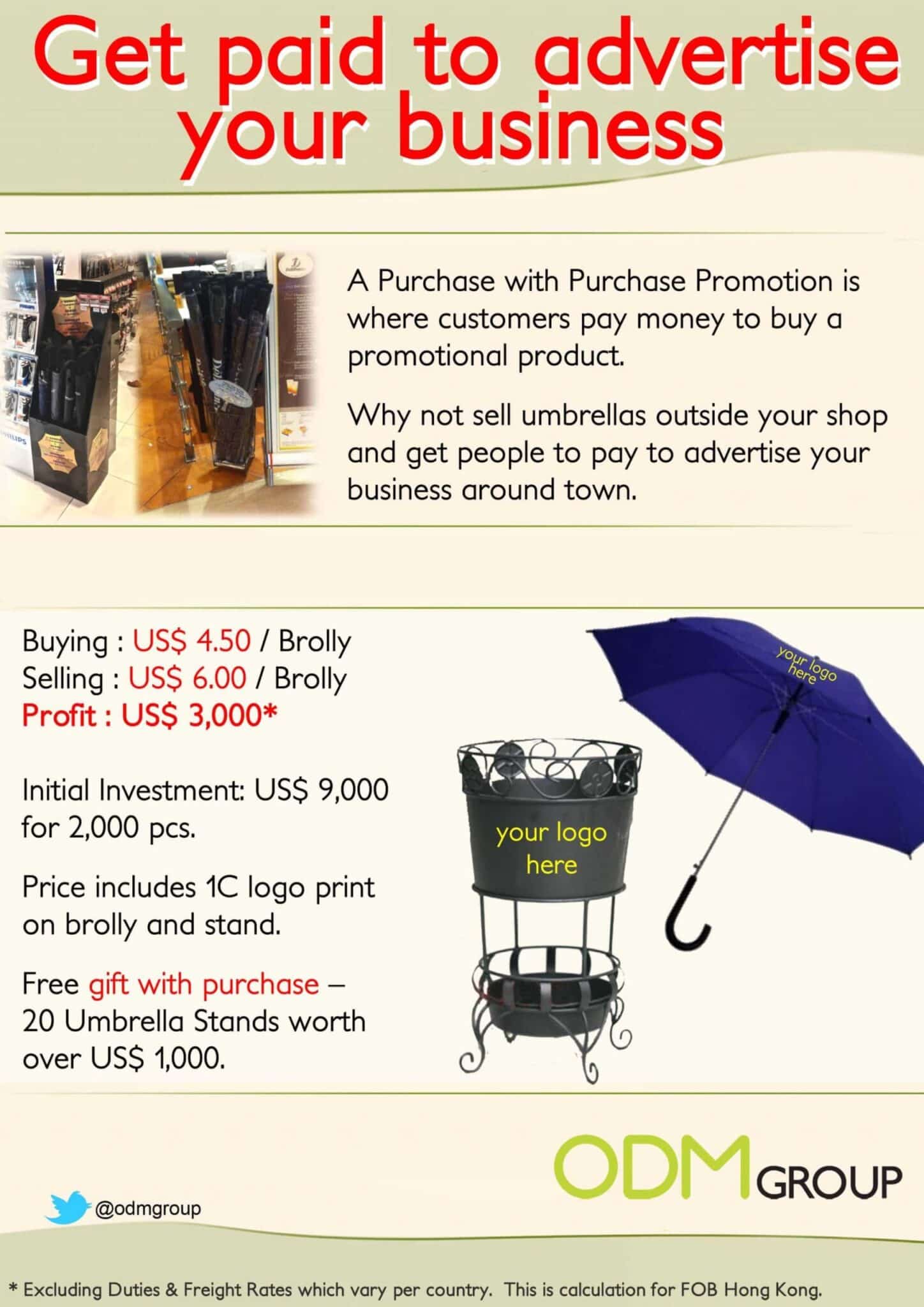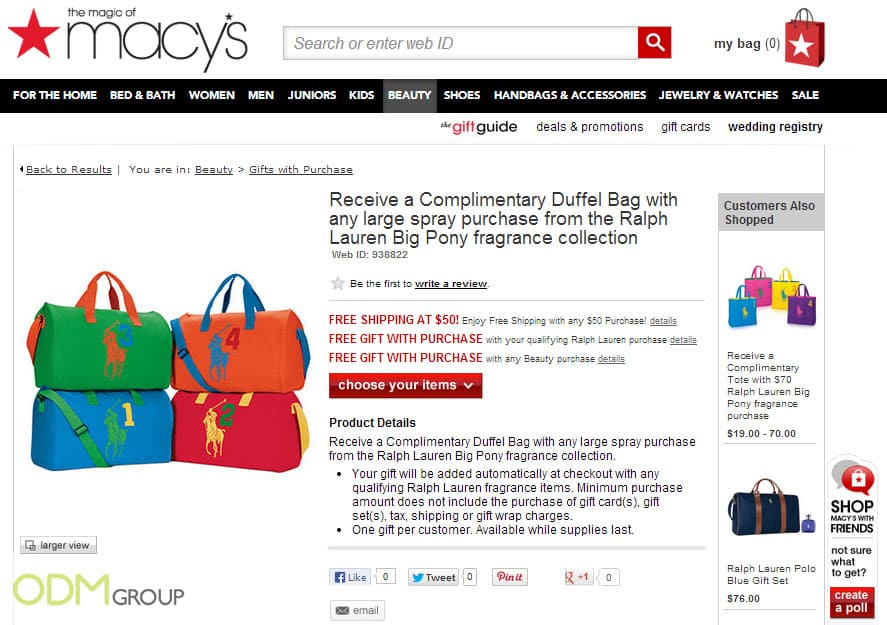Every successful business has one thing in common — they’ve nailed their product-market fit. It’s what separates brands that grow naturally from those constantly struggling to find traction. In simple terms, product-market fit means your product perfectly matches what your customers need and are willing to pay for.
In this article, we’ll break down what product-market fit really means, why it matters, and how you can find and maintain it. Whether you’re launching a startup or scaling an existing brand, understanding this concept could be the turning point for your business.

What Is Product-Market Fit?
Product-market fit occurs when a business creates a product or service that addresses a genuine problem for a clearly defined audience, and that audience responds with strong demand. It’s not about having the flashiest branding or the biggest ad spend. It’s about creating something people genuinely want and are willing to pay for.
Think of it as alignment. On one side, you have your target market with its frustrations, desires, and needs. On the other side, you have your product. Product-market fit occurs when the two overlap so well that customers feel like your product was designed specifically for them.
Marc Andreessen, who popularized the concept, described it as “being in a good market with a product that can satisfy that market.” That’s simple in theory, but in practice, it requires a lot of research, testing, and iteration.
Why Product-Market Fit Matters
Many businesses fail not because their ideas aren’t creative but because they don’t resonate with the market. You can have the most innovative product in the world, but if it doesn’t solve a problem that enough people care about, growth will stall.
Here’s why product-market fit is so crucial:
1. Efficient Marketing Spend: When you have product-market fit, your marketing works harder for you. Customers are already receptive to your message because you’re addressing a need they feel.
2. Stronger Word-of-Mouth: People naturally share products that genuinely help them. This organic growth reduces reliance on expensive advertising.
3. Easier Scaling: Businesses that find product-market fit early scale faster and with fewer bumps. Growth feels more like riding a wave than pushing a boulder uphill.
4. Investor Confidence: If you’re raising capital, investors want evidence of product-market fit. It shows your idea has legs beyond theory.
Signs You’ve Reached Product-Market Fit
You don’t always know the exact moment you’ve reached product-market fit, but you’ll start to feel it. Suddenly, customers begin coming to you instead of you chasing them. Sales grow steadily, feedback turns positive, and your product begins to spread on its own.

1. Customers Keep Coming Back
High customer retention is one of the strongest signals. When people continue to buy, renew subscriptions, or reorder without receiving heavy reminders, it indicates that your product addresses a genuine need.
For example, if you’re running an e-commerce business and repeat purchases grow month after month, you’re clearly delivering consistent value.
2. Organic Growth Outpaces Paid Marketing
When new customers start finding you through recommendations, social media buzz, or reviews, instead of paid ads, that’s a clear sign your product resonates. Word-of-mouth is the purest proof of demand. You’re no longer pushing; the market is pulling.
3. People Are Talking About You (Without Being Asked)
Strong product-market fit naturally leads to brand advocacy. Customers post about your product, share it with friends, or tag you online. This kind of earned attention is worth more than any campaign because it’s authentic and driven by satisfaction.
4. Customer Feedback Becomes Sharper, Not Broader
In the early stages, feedback is inconsistent. However, once you achieve product-market fit, feedback becomes more focused. Customers prefer small refinements over major changes. It means you’re getting closer to what they truly want.
5. Price Sensitivity Decreases
When customers stop questioning your pricing and start seeing it as fair for the value they get, you’re on the right track. They might even say, “It’s a bit pricey, but it’s worth it.” That’s product-market fit — when perceived value outweighs cost.
6. Consistent Inbound Interest
Instead of you chasing leads, inquiries start coming in. Distributors, partners, or even media outlets begin reaching out. The market is recognizing the relevance of your product.
7. Quantitative Validation
Beyond the “feel,” product-market fit shows up in your numbers. You’ll notice:
-
High retention or low churn rates
-
Growing referral traffic
-
Increased customer lifetime value (CLV)
-
Low acquisition costs relative to revenue
-
Positive NPS (Net Promoter Score)
Sean Ellis, who helped Dropbox and Eventbrite find product-market fit, suggests a simple test: ask users how they’d feel if they could no longer use your product. If 40% or more say they’d be “very disappointed,” you’re there.
In short, product-market fit isn’t about hype, but about proof. When your customers come back, spread the word, and pay gladly, you’ve crossed from “pushing your product” to “serving real demand.” That’s when your business stops surviving and starts scaling.
How to Find Product-Market Fit
Achieving product-market fit isn’t about luck, as it takes a clear, deliberate process. Here’s what marketers and business owners can do:
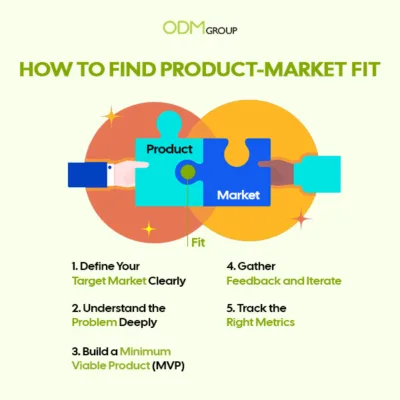
1. Define Your Target Market Clearly
You can’t serve everyone. Start by identifying your ideal customer:
-
Who are they demographically (age, income, location)?
-
What do they care about?
-
What problems frustrate them?
-
What alternatives are they currently using?
The narrower and clearer your definition, the easier it is to build something that resonates.
2. Understand the Problem Deeply
Successful products don’t just scratch the surface of a problem. They solve it in a way that makes life noticeably better. Spend time interviewing customers, observing behaviors, and digging into pain points. Don’t assume you know what the problem is; validate it with real conversations.
3. Build a Minimum Viable Product (MVP)
Don’t spend years perfecting your product before launch. Create a minimum version that delivers the core value and put it in front of users as quickly as possible. This helps you test assumptions and gather feedback without wasting resources.
4. Gather Feedback and Iterate
The MVP is just the start. The real work begins when you analyze customer feedback and make adjustments. Keep asking:
-
What do users like most?
-
Where do they get stuck?
-
What features do they ask for?
Iterate quickly and don’t be afraid to pivot if the data indicates that your assumptions were incorrect.
5. Track the Right Metrics
Examine metrics that accurately reflect product-market fit, including retention, referrals, customer satisfaction scores, and organic growth. Vanity metrics, such as social media likes, won’t give you the full picture.
Maintaining Product-Market Fit
Once you’ve achieved product-market fit, your job shifts from searching to sustaining. The market won’t stay still — customer expectations, competitors, and technologies evolve constantly. Maintaining fit means staying alert, adaptable, and deeply connected to your audience.
1. Keep Listening to Customers
Your customers’ needs will change over time. Regularly gather feedback through surveys, reviews, or one-on-one interviews to inform your approach. Tools like Net Promoter Score (NPS) or customer satisfaction surveys help you catch early warning signs of dissatisfaction. The key is to respond before issues turn into churn.
2. Track Engagement and Retention Metrics
Healthy metrics are your early indicators of continued fit. Watch for drops in engagement, usage frequency, or repeat purchases. If people stop using your product as often as before, something’s shifting, and it’s your cue to investigate.
3. Adapt to Market Shifts
Trends evolve faster than ever. What excited customers two years ago might feel outdated today. Stay tuned to your industry, emerging technologies, and shifting behaviors. Companies that adapt quickly tend to maintain their relevance for longer periods.
4. Evolve Without Losing Focus
It’s tempting to chase every new trend, but evolution doesn’t mean reinvention. Maintain your brand’s core promise while innovating around it.
For example, if your product is loved for convenience, every new update should make it even more effortless to use.
5. Continue Innovating Based on Insights
Innovation should be driven by data and real-world use. Analyze which features customers love most, and double down on improving them. Use beta testing or limited launches to refine new ideas before rolling them out widely.
6. Strengthen Customer Relationships
Loyal customers are your best defense against market shifts. Build community through loyalty programs, newsletters, and consistent engagement. Show appreciation, not just in words, but by continuously improving their experience.
7. Watch for Signs of Misalignment
Losing product-market fit doesn’t happen overnight. Early indicators include rising churn rates, fewer referrals, lower engagement, or frequent pricing complaints. When these signs appear, revisit your customer journey and rediscover what they truly value.
Who Is Responsible for Product-Market Fit?
One of the biggest misconceptions about product-market fit is that it’s the responsibility of a single team—usually marketing or product development. In reality, achieving and maintaining product-market fit is a company-wide effort. Every department plays a crucial role in understanding customers and developing a product that meets their needs.

1. Founders and Leadership
Founders are ultimately responsible for setting the vision and ensuring that the business stays focused on solving a meaningful problem.
They guide strategic direction, align resources, and make key decisions based on customer insights and market realities.
Product-market fit starts at the top—with leaders who value validation over assumption.
2. Marketing Team
Marketers are the bridge between the company and the market. They help define target audiences, test messages, gather feedback, and identify where demand truly exists.
Their insights shape positioning, pricing, and even product development priorities.
Marketing ensures that what you create is aligned with what customers actually want.
3. Product Team
The product team plays the most direct role in achieving product-market fit.
They translate customer pain points into tangible solutions, decide which features matter most, and iterate based on data and feedback.
Their mission is not just to build what’s possible, but what’s valuable.
4. Sales Team
Salespeople have front-line access to customer reactions, objections, and desires.
Their conversations reveal patterns that data alone might miss.
Sharing these insights across teams helps refine messaging and pinpoint what resonates—or what doesn’t.
5. Customer Support
Customer service is an ongoing pulse check for product-market fit. Support teams hear firsthand where customers struggle, what features they love, and what improvements they hope to see. These insights are invaluable for keeping your product relevant as the market evolves.
Common Mistakes Businesses Make
Reaching product-market fit is tough, but keeping it can be even harder. Many businesses stumble because they assume early traction means permanent success. The truth is, markets change, competitors adapt, and customer needs evolve. Avoiding these common mistakes can help you maintain momentum after your first breakthrough.
1. Building Before Validating
One of the most expensive mistakes is developing a full product before confirming there’s real demand. Many teams fall in love with their ideas instead of their customers’ problems. Always validate your concept with prototypes, surveys, or pilot runs before making a significant investment.
2. Chasing Too Many Audiences
Trying to please everyone often means connecting with no one. When businesses target too many customer groups, they dilute their message and product focus. Start with one clearly defined market segment, win them over, and expand gradually.
3. Ignoring Customer Feedback
Businesses that stop listening to customers risk losing touch with reality. Feedback is your most valuable guide. Use it to improve features, refine messaging, or even adjust pricing. Customers who feel heard are more loyal, and their insights often lead to your next big opportunity.
4. Premature Scaling
Scaling too soon can quickly deplete resources. Investing in marketing, hiring, or expanding production without steady demand can lead to burnout and high employee turnover. Validate your product, build retention, then scale sustainably.
5. Overemphasizing Features, Not Solutions
Adding more features doesn’t always equal more value. What matters is how effectively your product solves the user’s core problem. Keep your focus on delivering a simple, consistent, and impactful experience.
6. Ignoring Competitors
Even if you’ve found your niche, competitors are watching. Ignoring market movements can make your product obsolete overnight. Stay aware of industry shifts and always ask, “What can we do better than anyone else?”
7. Losing Focus on the Core Value
As a company grows, it’s easy to drift away from the problem that made you successful in the first place. Protect your product’s essence. Every new feature, campaign, or pivot should strengthen your core value proposition.
Here are some important articles to guide you in designing and producing products that your target market needs…
Brainstorming ideas with no methodical approach may potentially set you back in time. However, our structured product brainstorming session will help you come up with the best ideas.
In design considerations, tolerance refers to the total amount that the dimensions of a promotional product can vary. It also refers to both upper and lower limits.
New Product Development is the process of bringing new products to the market as well as updating existing ones to provide new value for customers.
To Sum Up
Finding product-market fit is one of the most important milestones for any business. It’s the difference between struggling to attract customers and having your product sell itself. When your offering perfectly aligns with your audience’s needs, marketing becomes easier, sales grow naturally, and your brand gains lasting trust.
But achieving product-market fit isn’t a one-time win. It requires constant listening, testing, and adapting to stay ahead of changing customer expectations. Markets evolve — and so should your products.
At The ODM Group, we recognize the importance of this alignment. With over two decades of experience in product design, development, and manufacturing, we help brands create promotional items and retail merchandise that resonate with their target market. From concept design and prototyping to full-scale production, our team ensures every product reflects your brand’s value and speaks directly to your audience’s needs.
Whether you’re testing a new idea or refining an existing one, ODM’s design and sourcing experts can help you transform insights into real products that strengthen your brand’s connection with customers.
When you combine deep market understanding with great product design, you don’t just reach product-market fit, you sustain it. Contact our team today, and we’ll be glad to assist you!
Browse our wide range of promotional products
FAQs About Product-Market Fit
Here’s everything you need to know about product-market fit.
What does product-market fit mean?
Product-market fit is when your product meets the needs of your target market so well that customers actively use it, pay for it, and recommend it to others.
How do you know if you’ve reached product-market fit?
Some key signs include high customer retention, strong word-of-mouth referrals, steady sales growth without heavy advertising, and positive feedback from users.
Can a business lose product-market fit?
Yes. Markets evolve, competitors enter, and customer needs shift. Businesses that don’t adapt can lose product-market fit over time.
How do you measure product-market fit?
You can measure it using customer retention rates, Net Promoter Scores (NPS), referral growth, and Sean Ellis’ 40% survey test: if 40% of customers say they’d be very disappointed without your product, you likely have product-market fit.
Why is product-market fit important for scaling?
Without product-market fit, scaling usually leads to wasted money and high churn. With it, growth comes more naturally as marketing becomes more efficient and customers drive organic demand.







